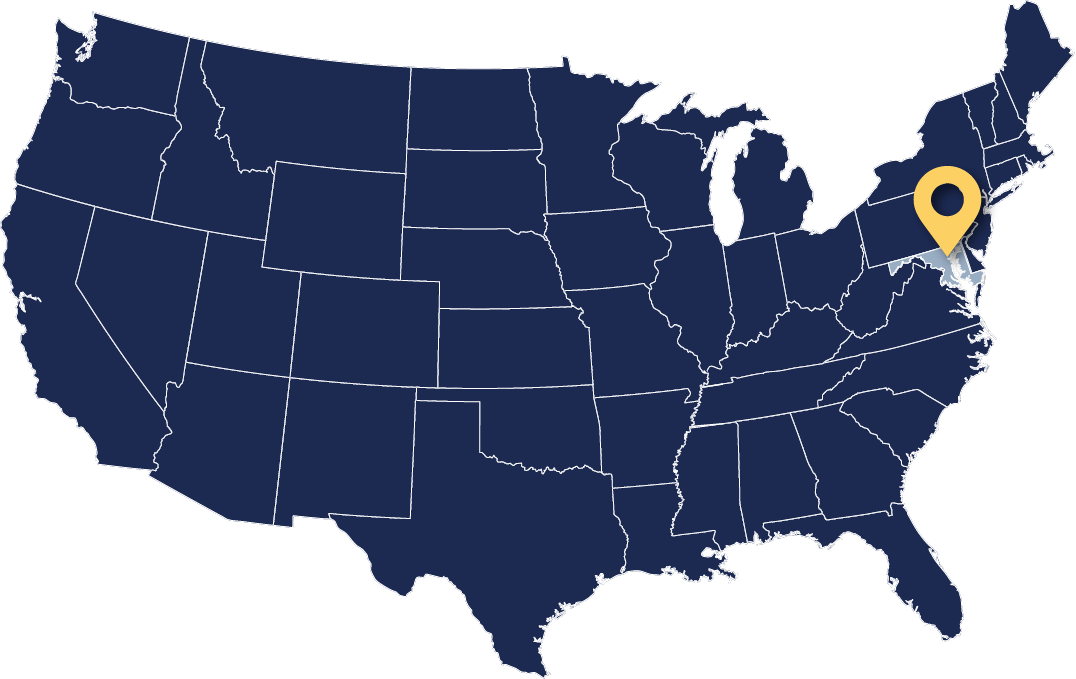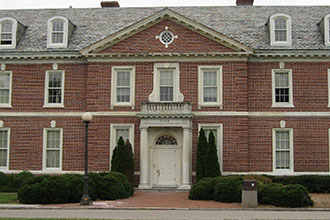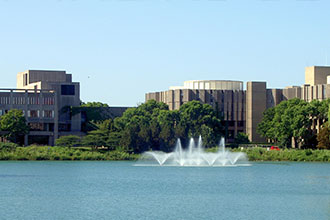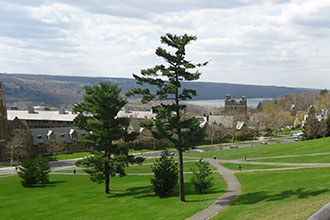JOHNS HOPKINS UNIVERSITY
REQUIREMENTS AND CAMPUS GUIDE
School Name: Johns Hopkins University
School Location: Baltimore, MD
School Type: Private Research University
Johns Hopkins University Admissions Rates Class of 2026
Applications: 37,150
Admitted: 6.48%

General Info
SAT/ACT Scores
Test Optional for 2022-2023
Admission Cycle
Fall 2021 Test Scores
SAT Range: 1520-1560
ACT Range: 34-35
Dates/Deadlines
Early Decision I: November 1
Early Results: Mid-December
Early Decision II: January 2
Regular Deadline: January 2
Regular Results: End of March
School Information
Schedule: Semesters
Curriculum Type: Distributional Requirements
Greek Life: Yes
Athletics: DIII, DI (Lacrosse)
Johns Hopkins University TIPS & GUIDE
Johns Hopkins Application Requirements, Admissions Tips, and University Guide
Johns Hopkins University is proud to be America’s first research university. Johns Hopkins University ranks number one in research and development spending in the U.S. for the past 42 years. As a research university, every faculty member is actively engaged in original investigations, and although it is not a strict Johns Hopkins University requirement, students are encouraged to do the same. If this interests you, keep reading to find out everything else you need to know about Johns Hopkins!
Where is Johns Hopkins?
Johns Hopkins University is located in Baltimore, Maryland, where there are a number of fun places to visit, like the National Aquarium, the Edgar Allan Poe House, and Fort McHenry (the birthplace of “The Star Spangled Banner”). Every season brings different festivals to this lively city; there’s the Maryland Film Festival in the spring, a book festival and Comic-Con each fall, and Artscape in the summer. Although not a JHU requirement, many students engage in the Baltimore community by volunteering through the Center for Social Concern.
How do I apply?
JHU has both Regular and Early Decision programs. The Early Decision I deadline is November 1st, and both the Early Decision II and Regular Decision deadlines are January 3rd, with applicants receiving their answers in mid-December and late March respectively. Early Decision is a binding application, meaning that if you get accepted to Johns Hopkins, you must withdraw any applications to other schools and are required to attend Hopkins. In the class of 2026, 1586 students were admitted from the regular decision applicant pool and 821 applicants were admitted from the early decision applicant pool. Keep in mind that you should only apply to JHU early decision if you are 100% certain that you would attend if admitted.
JHU accepts the Coalition for College Application and the Common Application for first-year candidates. In addition to one of these applications, you’ll be required to submit a short JHU supplemental essay, your SAT or ACT score (optional for the class of 2026), two teacher evaluations, a secondary school report (school counselor recommendation, transcript, and high school profile), and a mid-year report of your grades.
What are the admission statistics for Johns Hopkins?
Of the 37,150 students who applied to become a part of the class of 2026, 2407 students were accepted. The admitted Class of 2026 represents 48 U.S. states, the District of Columbia, Puerto Rico, the U.S. Virgin Islands, and Guam, as well as 63 other countries. 91% held part-time jobs, internships, or summer jobs during high school; 34% were involved in student government, showing their initiative to drive change in their communities; and 20% will be the first in their families to go to college.
Can I be placed on a Johns Hopkins Waitlist?
Yes! Rather than accept or reject candidates, it’s possible that Hopkins will offer prospective students a spot on their waitlist. If you are offered a spot on the waitlist, you’ll want to complete the Waitlist Reply Form indicating whether you’d like to remain on the waitlist or be removed from it. If you choose to remain on the waitlist, it’s important that you bolster your chances for admissions by updating your application. You should do this by sending a letter of continued interest, an updated resume, and a transcript.
By May 1st, all admitted students must have students informed Hopkins of whether or not they plan to attend in the fall. Hopkins will then fill any remaining open spots for the incoming freshman class with students on the waitlist. The waitlist is not ranked, so all applicants will be reevaluated at that time.
Are Johns Hopkins Graduate Admissions Competitive?
Like with most schools, admissions rates for graduate programs at Hopkins vary based on the degree program to which you are applying. Many departments offer combined or concurrent bachelors and masters degrees such as the Biology, Biomedical Engineering, Chemical and Biomolecular Engineering, Classics, Engineering Management, History, Information Security Institute, Materials Science and Engineering, Mathematics, Mechanical Engineering, and Neuroscience departments. Most of these programs require students to apply to these combined programs by their junior year, and some by their senior year.
Hopkins also offers classic masters and doctoral programs, which you can look through here. The Carey Business School also offers a series of Dual Degrees Programs, such as combined MBA programs.
Is Johns Hopkins diverse?
Johns Hopkins University writes that they are “deeply committed to the dignity and equality of all persons—inclusive of sex, gender, marital status, pregnancy, race, color, ethnicity, national origin, age, disability, religion, sexual orientation, gender identity or expression, and veteran status.” In their undergraduate snapshot, JHU reports that their population is 53% female and 47% male and 18% are first-generation college students. The Race/ethnicity breakdown for the class of 2025 is as follows: African American/Black: 15%, Asian: 28%, Hispanic/Latinx: 19%, International: 15% Native American/Pacific Islander: 2%, Unknown: 1%, White/Caucasian: 19%.
What can I study at JHU?
Johns Hopkins consists of two undergraduate schools, the Whiting School of Engineering and the Krieger School of Arts and Sciences as well as the Peabody Institute. The Peabody Institute is a conservatory offering Bachelors of Music, Bachelors of Fine Arts, and double degree programs which combine a BM degree with either a BA or BS from the Krieger or Whiting School. They also offer the Performer’s Certificate, which is designed for undergraduate students with outstanding musical and performance ability who do not wish to include the academic component of the BM curriculum and the Artist Diploma, a non-degree program for experienced performers intending to embark on a professional career. Between the Krieger School and the Whiting school, JHU offers 52 academic majors and 48 minors. There is no core curriculum, meaning students have the freedom to explore and combine their academic interests without having to fulfill general education or distribution requirements.
What is the School of Engineering Like?
The Whiting School of Engineering is home to over 230 interdisciplinary centers, institutes and labs, and $193 million annual research expenditures. JHU has plenty of amazing resources on campus, but the university understands that many students want to broaden their horizons while in college. While engineering students at other universities may struggle to find time to study abroad, JHU engineering students can do a semester or full academic year abroad through one of four exchange programs with partner universities in Israel, Mumbai, Singapore, and Switzerland. With the support of Fastforward, JHU’s technology accelerator, students have the chance to grow an idea into a startup and eventually take it to the marketplace.
The Whiting School offers over 20 degree programs, ranging from Biomedical Engineering to Applied Mathematics and Statistics, and everything in between! One course in particular offers an exciting opportunity for aspiring engineers. In JHU’s Multidisciplinary Design course, teams of students from different engineering backgrounds come together to tackle design challenges for a real-world company.
What is the School of Arts and Sciences like?
The Zanvyl Krieger School of Arts and Sciences is the core institution of Johns Hopkins University’s Homewood campus. Comprising 22 departments and 33 centers, programs, and institutes, the Krieger School is home to students interested in the arts, humanities, natural sciences, and social sciences. There are over 60 majors and minors available for students. Can’t settle on a single subject to study? Not to worry! JHU also offers an Interdisciplinary Studies major, which allows students to combine any disciplines in the Krieger School to develop their knowledge in areas they are passionate and curious about.
What special opportunities does JHU offer?
JHU is a research university, so it is devoted to innovation as much as it is to learning. As a result, Johns Hopkins has many well-funded research opportunities for students. Whiting has programs like Fastforward and Multidisciplinary Design, and even Krieger has a number of well-funded research opportunities for students interested in humanities, and social or natural sciences. Students can receive funding for just about anything, whether that’s producing a film, attending a writing retreat, or participating in research at a lab in a foreign country.
Johns Hopkins encourages students to see themselves as citizens of the world, and consequently hundreds of Hopkins undergrads study abroad in Paris, Tokyo, Barcelona, Nanjing or dozens of other destinations around the globe. Students can participate in semester and year abroad programs, summer abroad programs, or even intersession abroad programs so that students can spend their summers interning and their semesters studying at their home university. JHU provides scholarships ranging from $500 to $3,000 for study abroad programs.
Is Johns Hopkins affordable?
Tuition at Johns Hopkins costs $57,010. Add to that room and board at $16,800, travel expenses, personal expenses, and fees, and the average overall cost of attendance comes out to over $75,000. Around half (54%) of first year students end up receiving aid. 88% of families with incomes less than $200k receive Johns Hopkins Grants. Those grants include both need-based awards (grants based on your parents’ financial portfolios) and merit-based scholarships (grants based on your academic performance). You can estimate your cost for JHU using their financial aid calculator.
What is campus life like?
Between the Krieger and Whiting School, there are about 5,000 undergraduates total at JHU’s main campus. In addition to students, the Homewood campus is home to dozens of research labs, two libraries, and athletic and recreation centers. On-campus housing is guaranteed and required for first- and second-year student. Freshmen live in one of four freshman housing options, including suites, singles, and doubles. After sophomore year, most students live nearby in Charles Village neighborhood, which ensures a lasting sense of community for all four years.
JHU’s campus is spacious and wooded, like a park. At an area students fondly call “The Beach,” unfortunately not an actual beach, people hang out with friends, read, or people watch on the grass. There are several dining options serving up various cuisines so you never fall prey to the classic college diet of instant ramen and scrambled eggs.
View Sources
- https://apply.jhu.edu/application-process/deadlines-and-requirements/
- https://apply.jhu.edu/discover-jhu/get-the-facts/
- https://hub.jhu.edu/2022/03/18/class-of-2026-regular-decision/
- https://www.jhu.edu/academics/undergraduate-studies/
- https://www.jhu.edu/life/athletics/
- https://apply.jhu.edu/affording-hopkins/tuition-costs/
Johns Hopkins Admission Rates
| | Data Source | Admission Rate |
|---|---|---|
| Class of 2025 | CDS 2021-2022 | 6.48% |
| Class of 2024 | CDS 2020-2021 | 8.79% |
| Class of 2023 | CDS 2019-2020 | 6.43% |
| Class of 2022 | CDS 2018-2019 | 9.94% |
MORE SCHOOLS TO CONSIDER

Duke University
Durham, NC

Northwestern
Evanston, IL

Cornell
Ithaca, NY
View All Schools ↓
| American Univ Amherst Brown Boston Univ CalTech Carnegie Melon Claremont McKenna Columbia Cornell Dartmouth Duke Emory Georgetown Georgia Tech Harvard Hopkins |
MIT NYU Northeastern Northwestern Notre Dame Princeton Rice Stanford Tufts Tulane UChicago UC Berkeley UC Davis UCLA |
UCSB UCSD UIUC UMich UNC UPenn Univ of Southern California UT Austin UVA Vanderbilt Villanova WashU Williams Wisconsin Yale |
*Updated 2022

